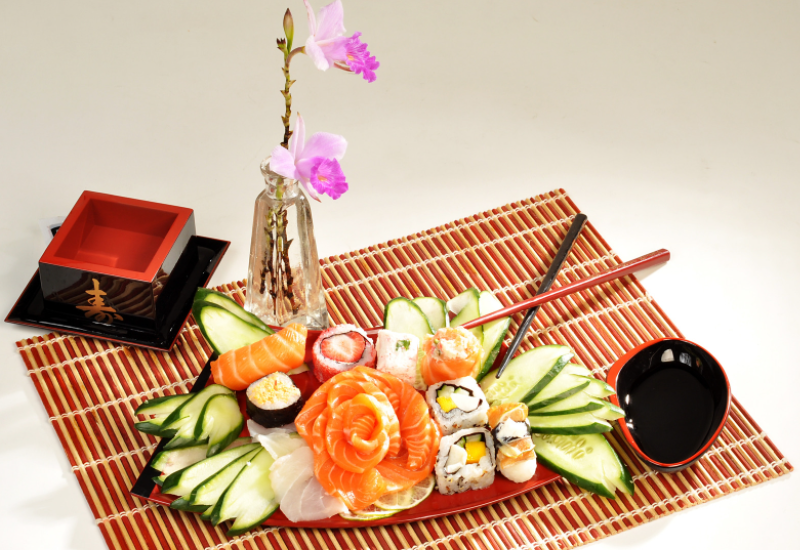
Japanese Knives: Not Only for Sushi!
Japanese knives are known for their unique blade bodies – the fine selection of handle materials and hard steels captivated the hearts of knife collectors and Japanese food lovers across the globe. Not only do Japanese knives deserve all the love for their capabilities to slice through a variety of fresh, unique ingredient choices, Japanese knives are also famed for their originality and beauty.
When it comes to choosing a Japanese knife, though, some users might believe they fit for special techniques or are suitable to hand-craft Japanese delicacies like sushi and sashimi. However, a Japanese knife can also perform the basic, every-day-life cooking processes and food preparation run-throughs. It may sound bizarre to own a professional, high-end, supreme-quality Japanese knife and only use it for cutting veggies. But you’re wrong! There are veggie-cutting, meat-ripping, fish-filleting Japanese knives available to ease all the tasks. You do not have to be a professional or a culinary expert to own a Japanese knife of your own. Thus, it is always best to look for just the right Japanese knife to meet your needs. If you cook daily, just chopping onions and making omelets, then a multi-task Japanese knife like ‘Gyuto’ can do that for you. After all, it really depends upon your specific needs and what you truly want your Japanese knife to do.
Looking at its designs
Although this might sound cliché, appearance plays an important role in presenting the first impression. Japanese knives are not only for the specific techniques needed to craft Japanese delicacies like sushi or sashimi, for the wonders of the eyes, Japanese knives are also items of appreciation – there are so many knife collectors out there with huge collections of Japanese knives at home. As the unique, traditional designs of Japanese knives are loved by various collectors, they are not only famed for the exceptional capabilities essential for intricate cooking processes. Thus, choosing a Japanese knife for everyday use (or everyday appreciation for collectors) will also include ‘design’ in the criteria.
Weighing the capabilities
Despite the mere intention of having a Japanese knife for the general kitchen uses, it is recommended to scan through the capabilities of each Japanese knife model before making a final decision. If a multi-task Japanese knife, either the Gyuto or Santoku, is added to the basket for the sake of comparison before a decision will be made, look at what each can do. Weigh the pros and the cons of each knife model and see which works best for you.
Materials
For everyday use in the kitchen, materials may not be important to some. However, a general cooking knife made out of superb-quality material will be able to perform professional tasks and last longer too. Durability is what everyone needs in a knife for it to last long and perform the tasks essential in the making of dishes. Most Gyuto and Santoku have similar blade materials like carbon steels, stainless steels, and sometimes ceramics. You can freely choose the material you like, but also remember to take handles into account. A knife handle is also another important part of the knife, a part that controls the entire cutting process.
There are a plenty of reasons why people love Japanese knives more than the general kitchen knives. Despite its capabilities of professional cutting, slicing, and filleting, they can also be used in everyday life for general tasks in the kitchen. By looking at its designs, materials, and the capabilities, you can experience the best out of the boring, typical knife-using skills and enjoy the bliss of having a professional Japanese knife in your hand.